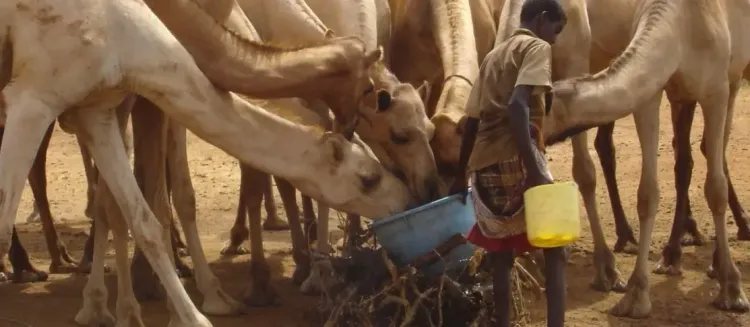What is the Latest on the Rift Valley Fever Outbreak in Senegal?

Synopsis
Key Takeaways
- 17 deaths reported from the RVF outbreak in Senegal.
- 119 cases confirmed since September 21.
- Most cases are found in livestock-raising areas.
- Hospitals in Saint-Louis are receiving advanced care equipment.
- Immediate measures focus on enhancing medical infrastructure.
Dakar, Oct 10 (NationPress) Seventeen fatalities have been reported since the onset of the Rift Valley Fever (RVF) outbreak in Senegal, according to a senior official from the Ministry of Health and Public Hygiene. Boly Diop, who leads epidemiological surveillance at the ministry, disclosed to local media that as of September 21, 119 confirmed cases have emerged across the country.
Most of these confirmed cases are concentrated in livestock-rearing regions in northern Senegal, Diop stated on Thursday.
On the same day, the ministry announced via social media that hospitals in Saint-Louis, located in northern Senegal, have recently been equipped with advanced intensive care technology, significantly improving their capacity to manage and treat patients, particularly those with severe symptoms, as reported by the Xinhua news agency.
Senegal’s Minister of Health and Public Hygiene, Ibrahima Sy, emphasized that the immediate focus is on enhancing medical infrastructure to ensure timely and effective treatment for patients, especially those in critical condition, in order to save lives and prevent further spread of the epidemic.
Rift Valley Fever is a zoonotic disease caused by the Rift Valley Fever virus, primarily affecting animals but also capable of infecting humans. Human infections generally occur through contact with the blood or organs of infected animals, especially during activities like slaughtering, butchering, assisting with animal births, or handling carcasses.
Common symptoms include fever, headache, muscle pain, and fatigue. While most cases are mild, inadequate treatment can lead to hemorrhagic complications that may prove fatal.
As the majority of RVF human cases are mild and short-lived, specific treatments are typically unnecessary; however, severe cases require immediate intensive supportive care, which includes fluid management and addressing specific symptoms.
Forecasting can help predict climatic conditions that are often linked to increased outbreak risks, potentially enhancing disease control efforts. In regions like Africa, Saudi Arabia, and Yemen, RVF outbreaks are closely associated with periods of above-average rainfall. In East Africa, these outbreaks are often tied to heavy rainfall during the warm phase of the El Niño–Southern Oscillation phenomenon.









